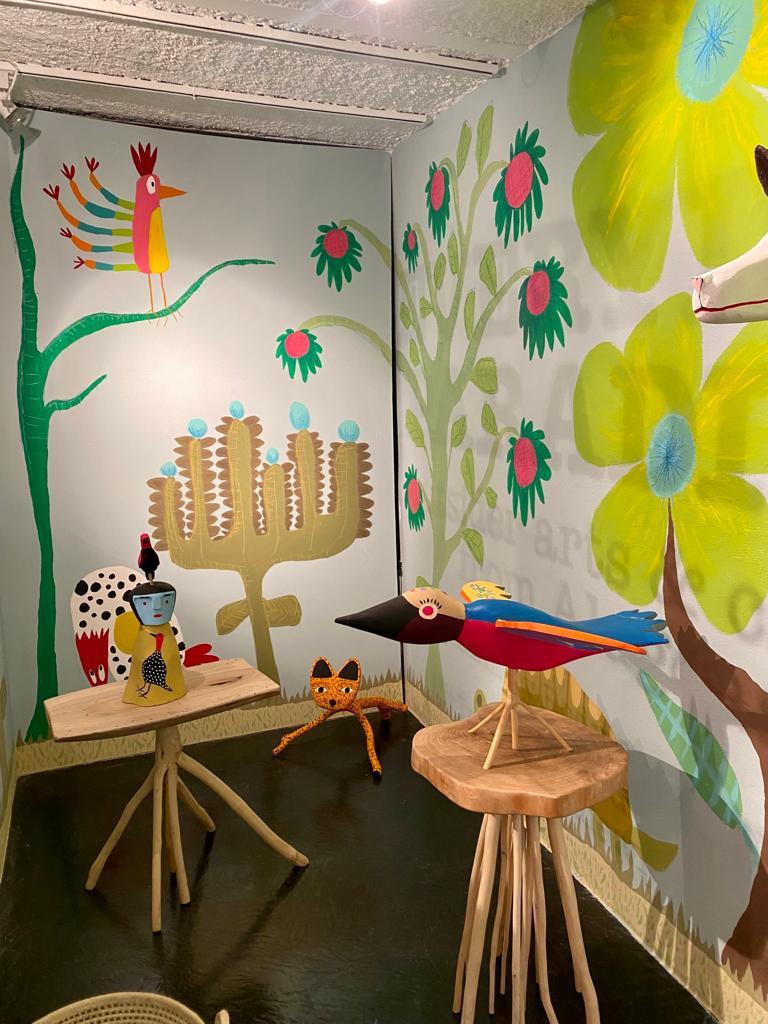May 1st contradictions
Has the fashion industry changed for the better?
May 1st – International Workers’ Day brings up contradictions in the fashion industry. Indeed, we cannot celebrate without considering the hypocrisy that brands, companies that own them, and final customers put in place.
Today’s public holiday aims to honour working people and raise awareness of their rights. But the race to the lowest prices sought by company owners and consumers makes it impossible to imagine healthy production chains. Indeed, wages are so low that many people cannot afford a decent life and not even cover their basic needs.
Ten years after Rana Plaza, the fashion industry hasn’t changed its patterns and workers’ conditions haven’t improved. In fact, we went from fast to ultra-fast fashion. If we purchase a dress for 20 euros, can we expect manufacturers to observe workers’ rights? Do people believe in fairy tales, or is it hypocritical behaviour?
Rana Plaza
On April 24th, 2013, a building collapsed on the outskirts of Dhaka, Bangladesh’s capital, taking away 1,138 garment workers, 80% of whom were women, and injuring more than 2,500. Near the bodies extracted from the rubble, the labels of major Western brands were found: Prada, Versace, Gucci, Moncler, Benetton, Primark, Walmart, Bonmarché, Zara, H&M, Mango and others.
Uyghurs
We wrote about Uyghurs’ forced labour here. Now we quote Public Eye, a Switzerland NGO:
“Today’s hippest teen-fashion brand is growing rapidly – and its internet-based recipe for success is top secret. Still, Chinese researchers working on behalf of Public Eye managed to visit some of Shein’s suppliers in Guangzhou, where conditions of production violate numerous state labour laws. Our trip inside the ultra-fast fashion leader also takes us to the European logistics centre in Belgium, where precarious working conditions are also a daily occurrence.”
According to an OECD summit in Paris, this search for lower prices has led some brands to turn to ever less demanding areas. They even maintain orders in countries in crisis, such as Burma, where unionised workers have become prime targets of the military junta behind the recent coup.
Made in “Chitaly”
What happens in Italy is no different. In order to keep their higher profit margins, brands commission productions to Chinese laboratories, asking for the lowest price. So the dream of “Made in Italy” is kept alive, at least for those with no sense of quality. Forget minimum wage!
Prices negotiated downward and overconsumption
To understand what the industry learned after Rana Plaza and the social consciousness developed, we just need to analyse the facts. Low-cost collections rotate faster and faster, and companies force prices downward at the manufacturer’s cost. This acceleration from fast fashion to ultra-fast fashion explains everything.
Marketing and social washing
Social washing is social greenwashing: a manipulative tool in the hands of marketing. In fact, campaigns showing brands being socially responsible multiply. Most of the time, there is no evidence supporting the information. And perhaps what happens, in reality, is quite the opposite.
After the pandemic, working conditions have got worse. So the race for the lowest prices brings up all the contradictions of our economic system on May 1st. How can people expect labourers’ rights honoured while purchasing fast or ultra-fast fashion? And how can a world that needs modern-day slavery talk about workers’ rights?
May 1st contradictions Read More »
